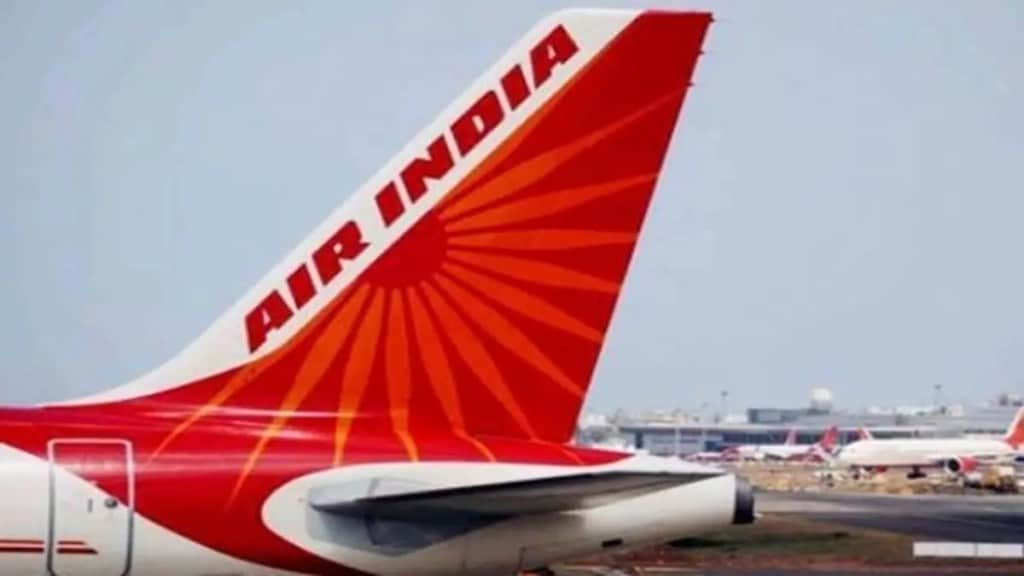Having recently completed the ‘taxi phase’, which addressed issues related to its brand image, Tata Group-owned Air India is now in the ‘take-off mode’, Campbell Wilson, managing director and CEO, told FE in an interview.
He said that the focus during this phase would be “to build the kind of airline we want in the future.”
Wilson listed three priority areas in this phase. The first is to make a stronger hub at Delhi, which is also the main hub for the airline. “It needs to connect more places non-stop because Air India is really the only long haul international airline,” Wilson said.
Also Read: Air India concludes first phase of transformation plan
The second priority would be to strengthen presence in Mumbai because that’s a huge market and it needs to connect with more places.
Thirdly, the same needs to be done in southern India, so the airline will be putting more flights in Bengaluru. “Geographically, India is in a perfect position to carry people not just to and from the country, but also through the country,” Wilson said, summing up this strategy.
Creating more hubs will also help to fly passengers from neighbouring countries. “The Air India network was not commercially driven so far, but now we can appeal to international travellers and as they choose it, the carrier will emerge as an international airline of choice,” Wilson said.
Wilson is, however, quick to clarify that the definition of ‘take-off’ is to leave the ground but not cruising at high altitude, meaning there’s more work to be done. “Clearly by the end of take-off, we won’t be at cruising altitude. We would have left the ground, but we would be in that trajectory,” he said, adding, “I guess one of the challenges we have in Air India, is that being a Tata-owned enterprise, there’s a lot of expectation from us. So we need to explain to consumers that no airline can be turned around overnight.”
Wilson had earlier said that the final phase will be the climb phase, which will be achieved at the end of the fifth year, and by then the airline would have surpassed the ‘very good’ mark level and that’s when the fleet size would have tripled and the targeted market share achieved.
Another area on which the airline is working on is technology, a factor which was not in play in its pre-Tata days. By the aid of tools like ChatGPT and Artificial Intelligence, it aims to become one of the first airlines which is able to give more relevant responses to customer queries. “Use of such tools can give more relevant answers and can synthesise a lot of information rather than just giving customers a link to FAQs. It will be much faster and more digestible,” Wilson said.
Also Read: Air India onboards more than 3,800 staff in six months
“Going ahead, investments will be made in technology as well as people and if the airline is going to triple its fleet, more staff will be needed. We have already doubled staff at our call centre,” he added.
On the business model, Air India has already said that that it would be a combination of both low-cost service and a full-service carrier.
“For international travel, passengers are more comfortable in full-service carrier but on domestic routes they transition into low-cost services, while in the hinterland a combination of both works,” Wilson said.
As is known, Air India is merging Vistara with itself and AirAsia with Air India Express to create a full-service carrier and a low-cost one. The merger process is currently in works.

